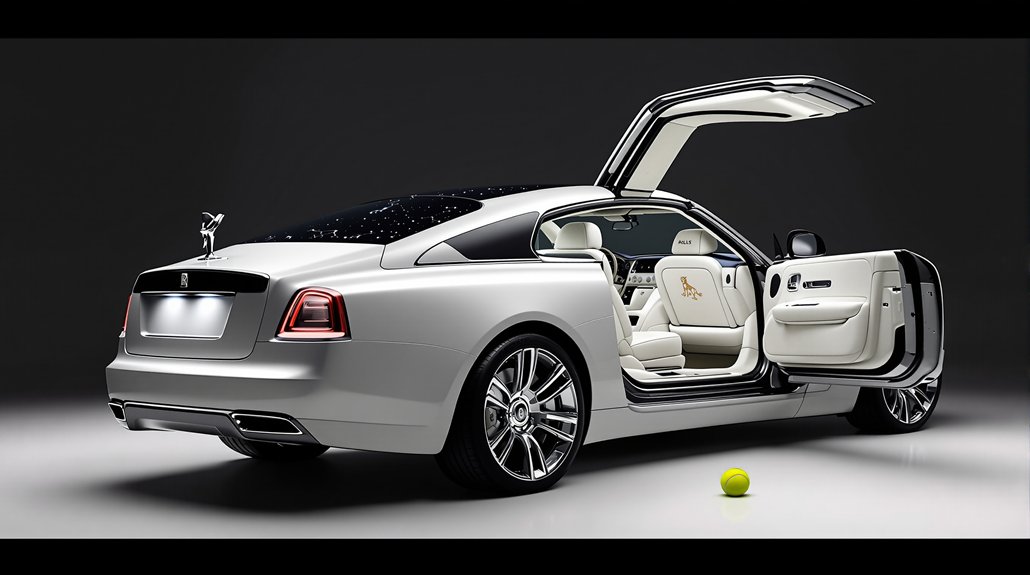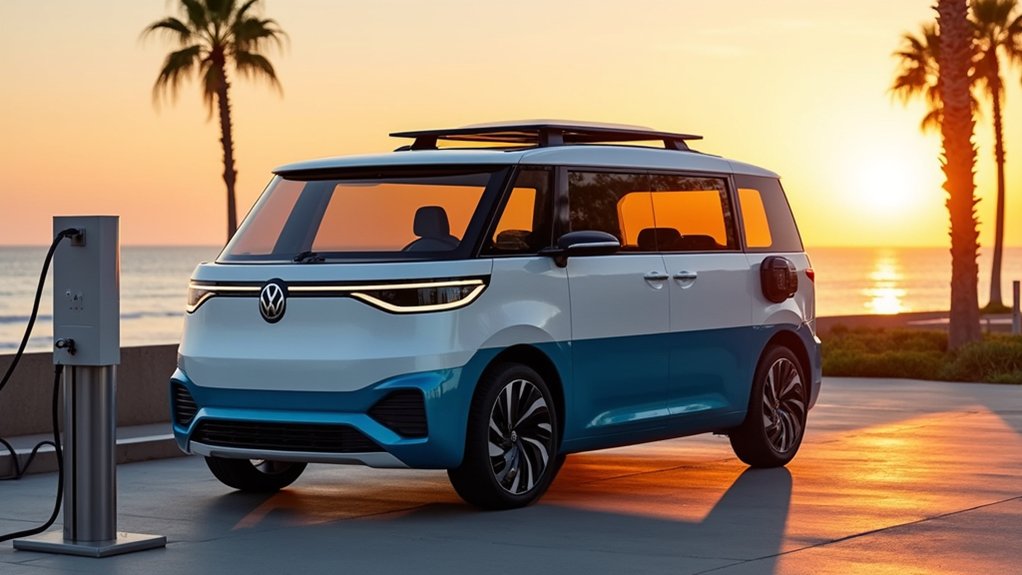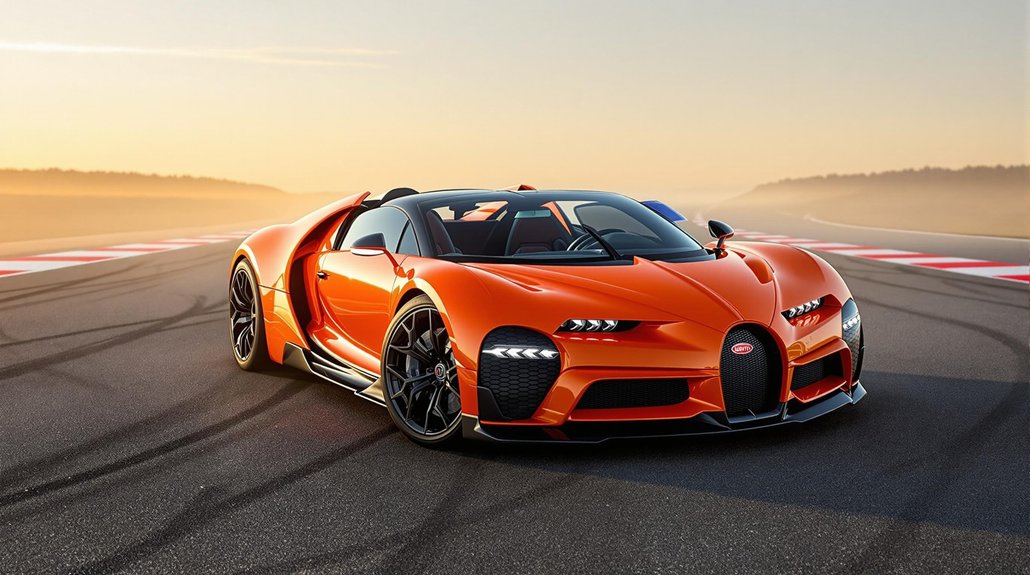Nearly every major performance brand is now rushing to develop electric halo cars, and Mercedes-AMG is poised to join the fray with a groundbreaking electric supercar concept scheduled for 2025. Industry sources suggest the concept aims to deliver the quickest acceleration of any AMG vehicle to date, potentially eclipsing the already impressive 3.0-second 0-60 mph time achieved by the current AMG EQS 53.
Mercedes-AMG prepares to electrify the supercar segment with a 2025 concept promising unprecedented acceleration beyond AMG’s current EV capabilities.
The Stuttgart powerhouse has been steadily building its electric performance credentials with the AMG EQS and EQE sedans, which produce up to 751 hp and 677 hp respectively when equipped with the Dynamic Plus package. These vehicles have demonstrated Mercedes’ ability to extract serious performance from electric powertrains, but this supercar concept represents a significant leap forward.
I’ve tracked AMG’s evolution closely, and this marks their most ambitious electric project yet.
At the heart of the concept will likely be a next-generation dual-motor powertrain, building upon the Permanently Excited Synchronous Motors (PSM) currently powering AMG’s electric sedans. Power output could potentially reach 1,000 hp (746 kW), offering instantaneous torque delivery without the limitations of traditional combustion engines.
Perhaps most intriguing are reports of innovative “Thruster Taillights,” a design element that could establish a new signature aesthetic for Mercedes’ performance EVs. These would complement the aggressively aerodynamic body design expected for the concept, which will certainly push boundaries beyond the relatively conservative styling of current Mercedes EVs.
The supercar will face significant engineering challenges, particularly balancing blistering performance with acceptable range. Current Mercedes EV technology delivers impressive performance despite substantial curb weight: 5,864 lbs, suggesting the supercar will require extensive use of lightweight materials to maximize efficiency and handling. The upgraded 118-kWh battery pack in the 2025 models shows how Mercedes is already focusing on improved range capabilities while maintaining performance. Mercedes will likely leverage cutting-edge battery technology and thermal management systems to maintain performance during extended high-speed driving. With advances in solid-state batteries on the horizon, future iterations could achieve even greater energy density and performance.
When revealed, this concept will position Mercedes-AMG at the forefront of electric performance, competing directly with emerging high-performance EVs from rival luxury manufacturers.
While production timelines remain unclear, the technology showcased will eventually trickle down to more accessible AMG models, shaping Mercedes’ electric performance lineup for years to come.









